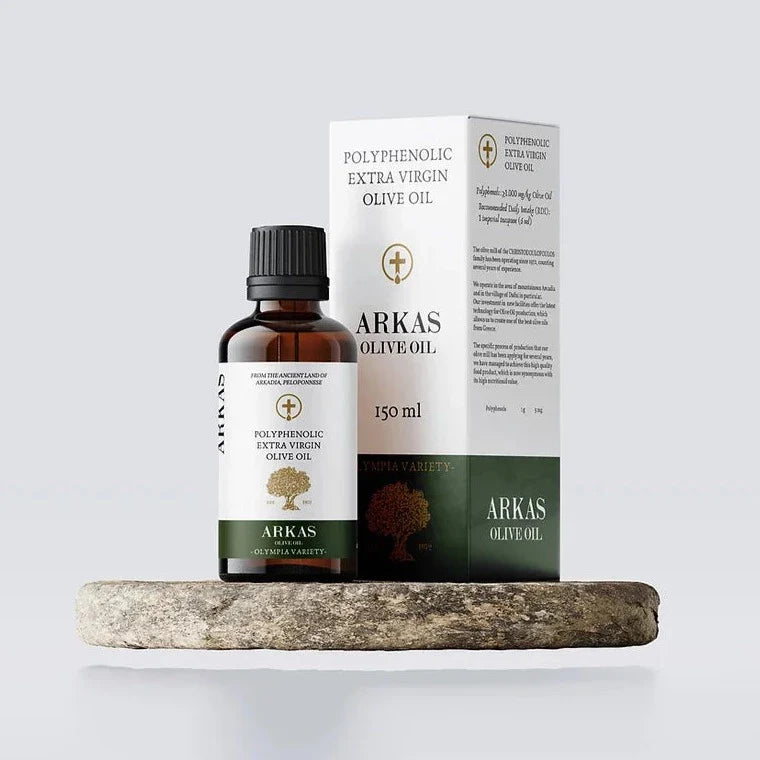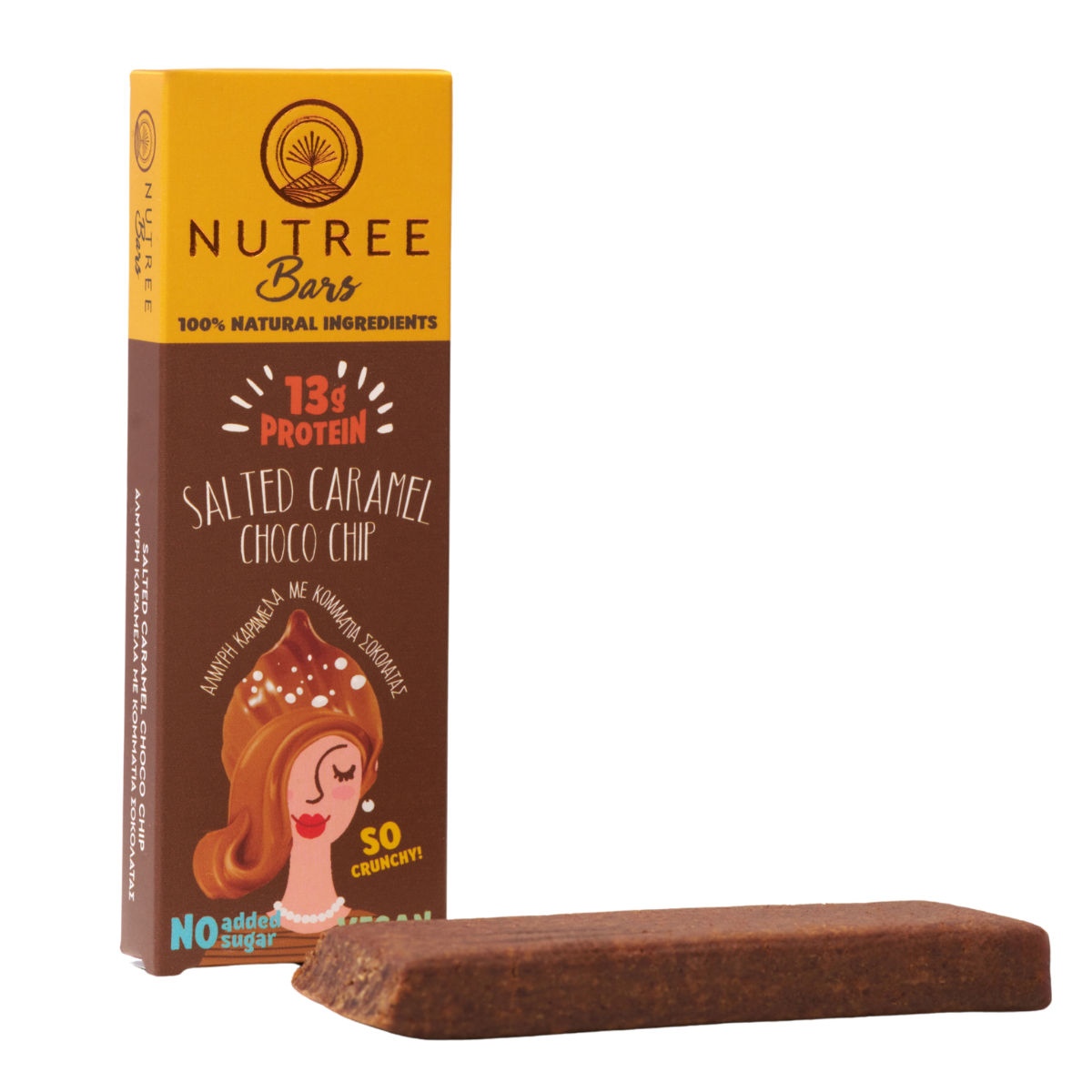Singapore's Sugar Labels Decoded: The Critical Difference Between "No Added Sugar" and "Sugar-Free"
If you’ve ever stood in a Singapore supermarket, puzzled by the claims on a package, you’re not alone. “No Added Sugar,” “Sugar-Free,” “Zero Sugar” – they sound like they should mean the same thing.
But they don’t. In fact, understanding the difference is the key to making truly informed choices for your health.
This guide cuts through the marketing spin and gives you the simple, science-backed facts you need to navigate any label with confidence.
(General information only; not medical advice.)
The #1 Rule to Remember: Process vs. Content
The entire confusion stems from one simple mix-up:
1. “No Added Sugar” is a claim about the MANUFACTURING PROCESS.
2. “Sugar-Free” is a claim about the FINAL PRODUCT'S CONTENT.
They answer two completely different questions. Let's break them down.
“No Added Sugar” (The Process Claim)
-
What it means: This is a promise about what went into the product. It means that during processing, no “free sugars” were added. According to Singapore's HPB (using the WHO definition), “free sugars” include:
- Table sugar, brown sugar, high-fructose corn syrup
-
Honey, maple syrup, agave nectar, Fruit juices and concentrates
- What it DOESN’T mean: It does not mean the product is low in sugar or has no sugar. The product can still be naturally high in sugar from ingredients like fruit (fructose) or milk (lactose).
The Classic Example:
A bottle of 100% Apple Juice can legally claim “No Added Sugar.” But it is packed with sugar—over 25g per serving—all of which is considered “free sugar” because the juicing process liberates it from the fruit's fiber.
“Sugar-Free” / “Zero Sugar” (The Content Claim)
- What it means: This is a strict, numerical claim about what’s in the final product. It means the product contains 0.5g or less of total sugar per 100g or 100ml.
- What it DOESN’T mean: It doesn’t mean the product isn’t sweet. It often contains non-sugar sweeteners (e.g., stevia, monk fruit, aspartame). It also doesn’t automatically mean it’s “healthy,” as it could be high in other areas like fat or sodium.
The Classic Example: A “Sugar-Free” soda meets the ≤0.5g/100ml threshold. It tastes sweet due to artificial sweeteners but contains almost no actual sugar.
The Relationship Visualised
It's rare, but a product can make both claims. Most of the time, they are separate. This chart shows how they relate:

The “Free Sugars” Wildcard
This is the scientific term that explains the “No Added Sugar” rule.
“Free Sugars” doesn’t mean “sugar-free.” It means sugars that have been “liberated” from their original source (e.g., juicing fruit) or added to a food. This includes:
• All added sugars (table sugar, syrups)
• Sugars in honey, syrups, and fruit juices
Health organizations like the WHO recommend limiting free sugars, not the natural sugars intact in whole fruits and vegetables.
Your Foolproof 3-Step Label Checklist
Forget the confusing front-of-package claims. Here’s how to find the truth in seconds:
- IGNORE THE FRONT. See “No Added Sugar” or “Sugar-Free”? Great. Now move on. Don’t decide based on it.
- FLIP IT OVER. Find the Nutrition Information Panel (NIP).
- READ THE “TOTAL SUGARS” LINE. This is the only number that matters. Use the “per 100g” or “per 100ml” column to compare products fairly. This number includes ALL sugars—both added and natural.
For “No Added Sugar” Claims:
Double-check the Ingredients List for hidden “free sugars” like fruit juice concentrate, malt syrup, or honey, which should not be there.
How RealFUEL+ Keeps It Clear
We believe in transparency and giving you the right tool for the right job:
- RealFUEL+ (Daily Use): Our daily range prioritizes true sugar-free options. We use sweetening systems that avoid free sugars entirely, perfect for everyday health without compromise.
- RealFUEL+ Sport (Performance): During intense athletic effort, the body needs rapid fuel. Our sports range uses purpose-built carbohydrates that are appropriate for that specific context. We keep these lines separate so you can choose with clarity.
FAQ
Q: So, a “No Added Sugar” product can still be unhealthy?
A: Yes. A “No Added Sugar” product can still be high in calories, fat, and sodium. Always check the NIP for the full picture.
Q: Is “Zero Sugar” different from “Sugar-Free”?
A: In practice, no. In Singapore, both claims must meet the same legal threshold of ≤0.5g of sugar per 100g/ml.
Q: What should I trust most?
A: Trust the “Total Sugars” amount on the NIP over any claim on the front of the package. It is the objective, regulated fact.
References:
1) HPB — Addendum to A Handbook on Nutrition Labelling (Singapore), Dec 2020. Sugar claims based on free sugars; examples include honey/malt/malt extract.
2) HPB — A Guide to Nutrition Labelling for Food Products (Aug 2024). Practical checklists; how to structure the NIP; using per-100 for comparisons.
3) SFA — A Guide to Food Labelling and Advertisements (July 2025 update). Legal framing and responsibilities for labels/ads.
4) WHO — Guideline: Sugars Intake for Adults and Children (2015). Free sugars definition; < 10% energy recommendation; conditional < 5% suggestion.
5) HPB — Nutri‑Grade (consumer/industry pages). What grades A–D mean; % sugar display; scope for pre‑packed & freshly prepared beverages.
6) HPB — A Handbook on Nutrition Labelling (Singapore) (June 2020). NIP format (including per‑100 columns) used in local practice.
Disclaimer: This article is for general information only and does not constitute medical or dietary advice. Always read the label of your specific product.



